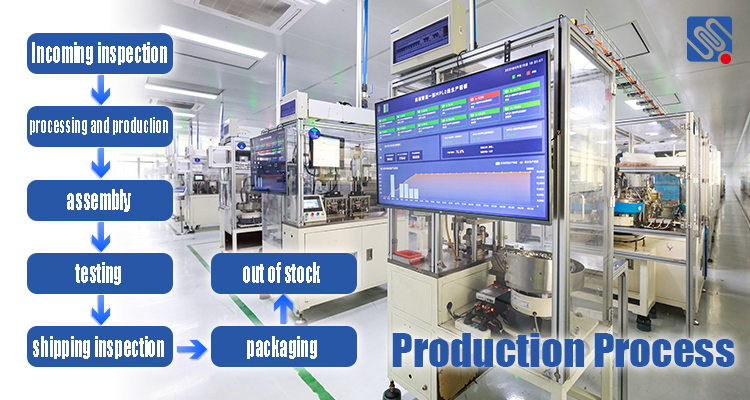Relay production plays a critical role in the manufacturing of electronic devices, control systems, and automation processes. A relay is essentially an electrically operated switch that allows a low-power signal to control a high-power circuit. This technology is widely used in a variety of applications, from automotive systems to industrial machinery, home appliances, and telecommunication networks. The production of relays is a meticulous process, requiring precision engineering, high-quality materials, and rigorous testing procedures. In this article, we will explore the various stages involved in relay production, the challenges faced by manufacturers, and the technological advancements shaping the future of this industry.

The Stages of Relay Production The production of a relay involves several distinct stages, each requiring specialized skills and equipment. These stages include material selection, component manufacturing, assembly, testing, and packaging. Material Selection The first step in relay production is selecting the materials that will make up the different components of the relay. The key materials involved in the process include metals for contacts, copper for windings, and plastics for casings. The contacts are typically made from alloys such as silver or gold to ensure high conductivity and durability. Copper wire is used for the coil, as it is an excellent conductor of electricity. The casing, which protects the internal components, is usually made of plastic or metal, depending on the application and the environmental conditions the relay will be exposed to.